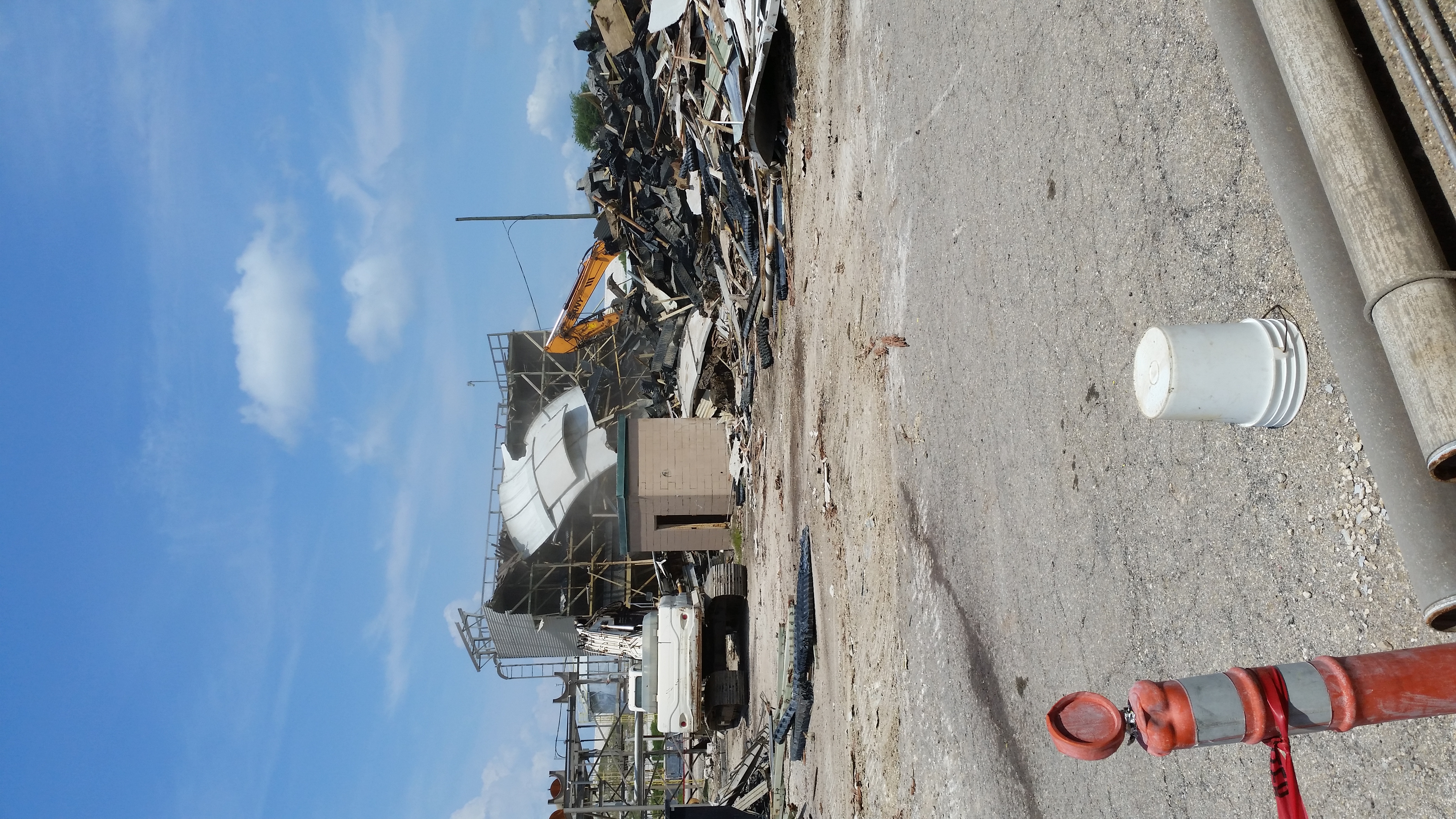
Metal Recycling
Metal recycling is a crucial aspect of sustainable waste management for demolition
and recycling companies. The process involves collecting, processing, and repurposing
metals, segregating them primarily into ferrous and non-ferrous categories.
Ferrous Metals
These metals contain iron, making them magnetic. They are commonly found in construction
and demolition waste.
- Examples: Steel and iron.
- Uses: Building structures, vehicles, appliances, and tools.
- Recycling Process: Collected from demolition sites, processed in
shredders, magnets separate the iron, and then it's purified and repurposed.
Non-Ferrous Metals
These metals do not contain significant amounts of iron and are non-magnetic. They
are often more valuable than ferrous metals.
- Examples: Aluminum, copper, brass, zinc, lead, and nickel.
- Uses: Electrical wiring, plumbing, roofing, batteries, and more.
- Recycling Process: Collected separately, cleaned, melted, and then
molded into new products.
Benefits of Metal Recycling
- Conservation: Reduces the need to extract and refine raw metals,
saving energy and resources.
- Environmentally Friendly: Decreases greenhouse gas emissions and
potential mining damages.
- Economic Benefits: Creates jobs, reduces costs for producers, and
can provide revenue from metal sales.
- Waste Reduction: Diverts significant amounts of waste from landfills.
Role of Demolition and Recycling Companies
Demolition and recycling companies play a vital role in the metal recycling chain.
By actively segregating ferrous and non-ferrous metals from demolition waste, they
ensure that these valuable resources are returned to the production cycle, promoting
a circular economy and sustainability.